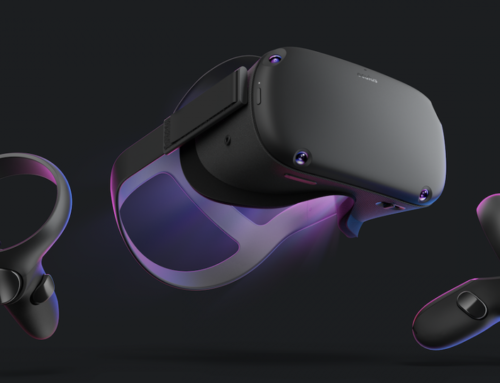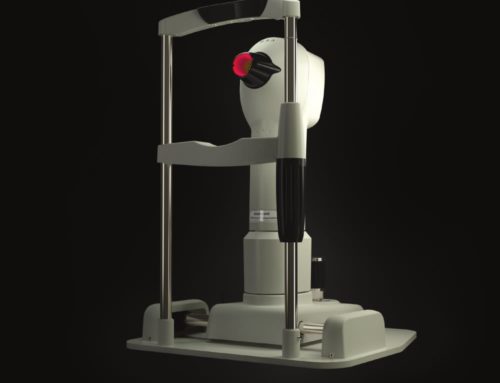Our eyes are amazing, complicated organs.
Many different parts have to work together to convert the light bouncing off everything around us into a continuous stream of images that we can understand. What are these different parts and how do they contribute to our ability to see?
The Parts Of The Eye
We’re not going to look at all the parts of the eye, just the ones most directly involved in creating an image to send to the brain, starting at the front of the eye and moving to the back.
- The very front of the eye is the cornea, a clear layer that allows light inside.
- The amount of light that gets in is controlled by the iris, a colorful, circular muscle that contracts and relaxes based on how bright it is.
- Just inside the front of the eye is the lens, which, unlike camera lenses, is able to change its shape in order to focus on objects different distances away.
- The lens focuses light onto the retina at the back of the eye, which is covered in light-sensitive rods and cones.
- Finally, the optic nerve takes the information received by the retina to the brain so that it can be converted into an image.
Binocular Vision
If you put your hand over one eye, then switch to the other eye, you’ll notice that you see a slightly different image. This is because of the position of our eyes.
Putting the two images together creates a 3D image and gives us depth perception.
The Brain’s Visual Cortex
All the visual information collected by the retina in each eye goes up the optic nerves and to the visual cortex of the brain, which is located in the occipital lobe in the back.
The entire process happens many times per second, which is how we are able to perceive motion.
How Our Eyes Keep Themselves Healthy
Now you know how the two eyes, their parts, and the vision center of the brain work together, but what about how they stay in good shape?
Our eyes have defense and maintenance systems built in. Our eyelids protect our eyes with the help of our eyelashes and eyebrows. Blinking keeps our eyes moist, cleans off any debris, and blocks more from getting in. And, of course, we can close our eyes to block out the light so we can sleep!
Next up are our tear glands, which produce tears to wash contaminants, dust, and microbes away. These glands are constantly at work to maintain the crucial tear film on the surface of the eye, and the tear ducts in our lower eyelids catch the extra fluid and drain it away to keep everything clean!
Are All The Parts Of Your Eyes Working?
It’s truly amazing how all the parts of the eye work together, how the two eyes work as a team, and how the brain processes all the information they collect. However, because our eyes are so complex, it means there’s a lot of ways things can go wrong, and that’s where the optometrist comes in. If anything has recently changed about your vision or if you’re simply due for your eye exam, schedule an appointment with us so we can make sure it’s all working!
We’re excited to see you again!
Top image by Flickr user Sam Bald used under Creative Commons Attribution-Sharealike 4.0 license. Image cropped and modified from original.
The content on this blog is not intended to be a substitute for professional medical advice, diagnosis, or treatment. Always seek the advice of qualified health providers with questions you may have regarding medical conditions.






